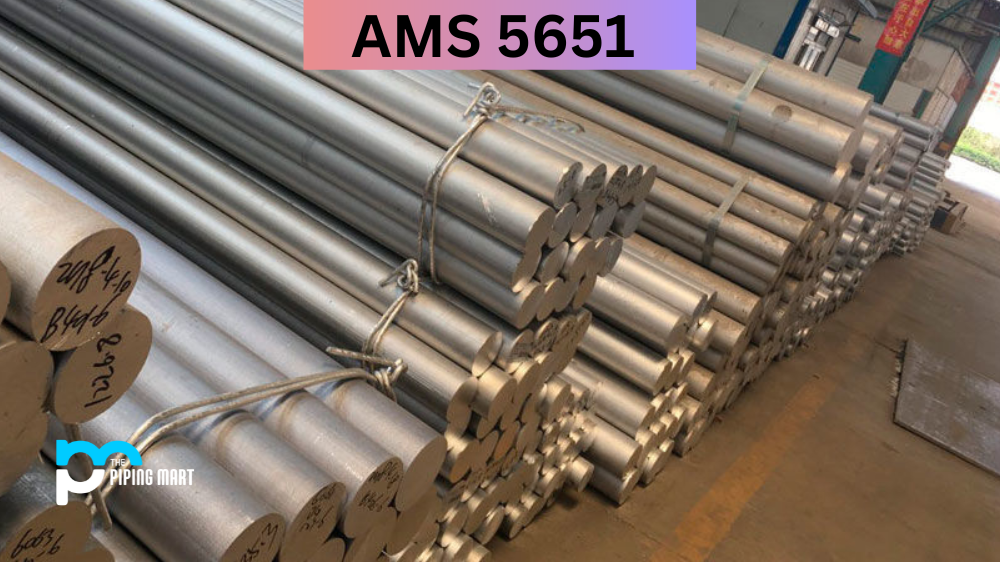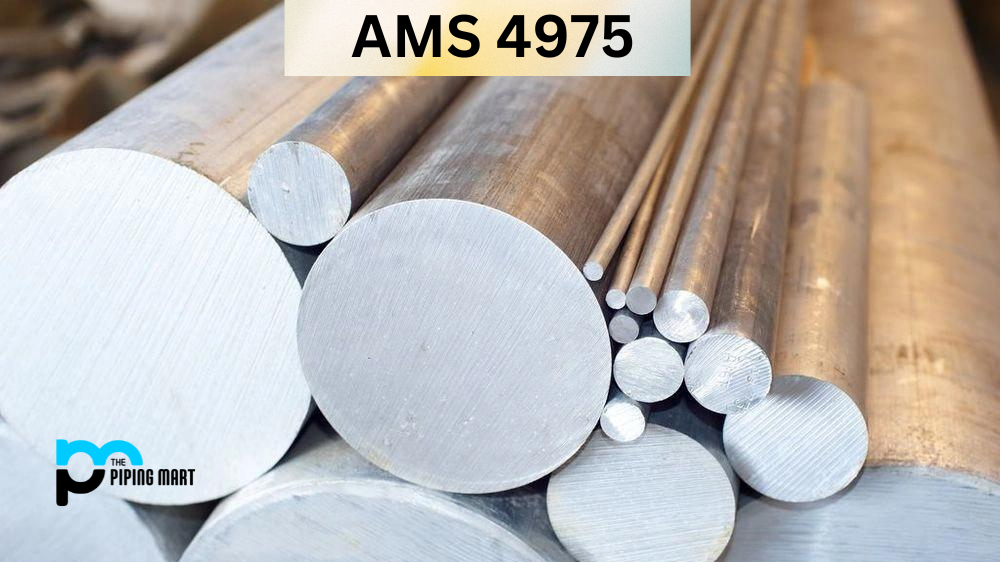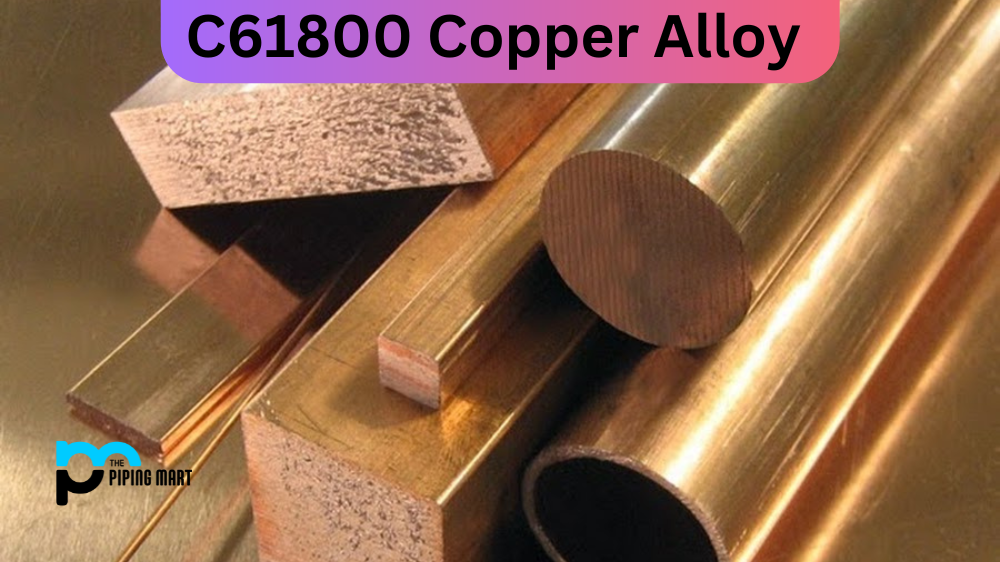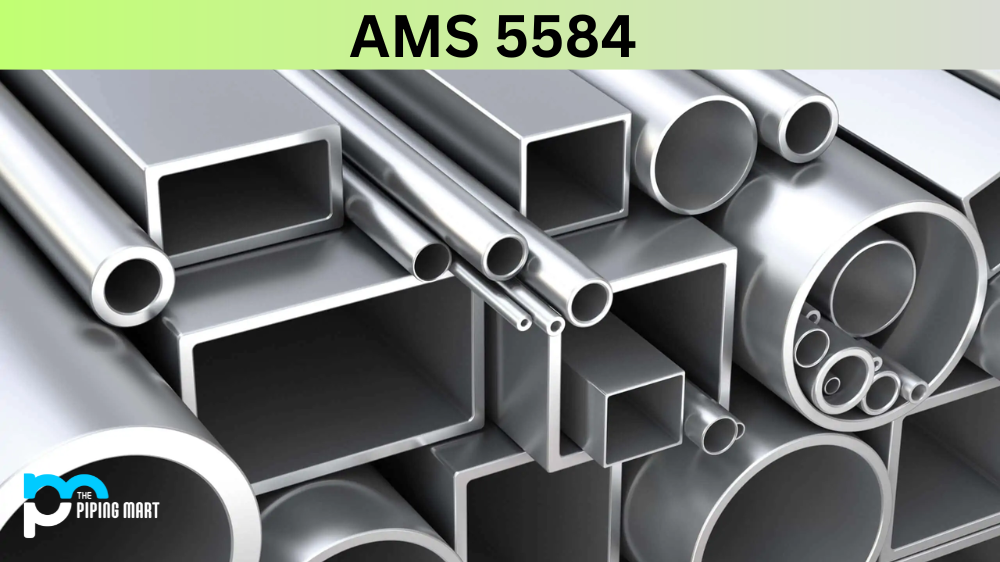Metals are indispensable in various industries, from construction to automotive, aerospace, and marine. However, not all metals are created equal. Some are more durable, resistant to wear and tear, and able to withstand high temperatures, harsh chemicals, or extreme pressures than others. This is where AMS 5651 comes in. In this blog post, we will explore the basics of AMS5651, its composition, properties, uses, and heat treatment to help you better understand its role in modern industries.
What is AMS 5651?
AMS5651 (also known as 310 Stainless Steel) is a specification that outlines the guidelines for the composition and properties of a particular type of alloy steel. Steel primarily produces critical aircraft components, such as landing gear struts and steering knuckles. The specification details the specific amounts of carbon, manganese, nickel, and other elements that must be present in the steel to ensure optimal strength and durability. The result is a material that can withstand extreme temperatures and high-stress environments. Pilots and passengers alike can rest easy knowing that their aircraft is built with the best possible materials, thanks to AMS 5651.
AMS 5651 Composition
AMS5651 is a premium corrosion and heat-resistant nickel, chromium, and iron steel alloy. It also contains smaller amounts of molybdenum, copper, and titanium, as well as trace elements of sulfur, carbon, and phosphorus. The high nickel and chromium content gives AMS 5651 its superior resistance to corrosion, oxidation, and heat. Moreover, including molybdenum improves its resistance to pitting and crevice corrosion, making it an ideal choice for aggressive chemical environments.
| Element | % Present (in product form) | |
|---|---|---|
| C, H, P, L | TW* / TS* | |
| Carbon (C) | ≤0.10 | ≤0.15 |
| Silicon (Si) | ≤1.50 | ≤0.75 |
| Manganese (Mn) | ≤2.00 | ≤2.00 |
| Phosphorous (P) | ≤0.045 | ≤0.045 |
| Sulfur (S) | ≤0.015 | ≤0.030 |
| Chromium (Cr) | 24.00 – 26.00 | 24.00 – 26.00 |
| Nickel (Ni) | 19.00 – 22.00 | 19.00 – 22.00 |
| Nitrogen (N) | ≤0.11 | – |
| Iron (Fe) | Balance | Balance |
AMS 5651 Physical Properties
AMS 5651 has excellent physical properties that make it suitable for various applications, such as aircraft gas turbine engine components, chemical processing equipment, and heat exchangers. Its density is 0.28 lb/in³, with a melting point of 2560-2650°F. It also has a thermal conductivity of 8.3 BTU/hr·ft·°F and a coefficient of thermal expansion of 6.2×10^-6 in/in/°F. Additionally, it has a modulus of elasticity of 29×10^6 psi and a specific heat of 0.11 BTU/lb·°F.
| Grade | Density (g/cm3) | Melting Range °C | Elastic Modulus (GPa) | Mean Co-eff of Thermal Expansion (μm/m/°C) | Thermal Conductivity (W/m.K) | Specific Heat 0-100°C | Electrical Resistivity (nΩ.m) | ||
|---|---|---|---|---|---|---|---|---|---|
| SS 310/310S | 8 | 2400-2650 | 200 | 0-100°C | 0-315°C | 0-538°C | at 100°C | ( J/Kg.K) | 780 |
| 15.9 | 16.2 | 17 | 14.2 | 500 | |||||
AMS 5651 Mechanical Properties
Besides its physical properties, AMS 5651 has impressive mechanical properties, making it stand out among other stainless steel alloys. Its tensile strength is typically around 160 ksi, with a minimum yield strength of 70 ksi. It also has a high elongation of 20%. Its hardness is usually between 25-35 HRC, making it an ideal choice for applications that require high strength and wear resistance.
| Product Form | |||||
|---|---|---|---|---|---|
| C, H, P | L | TW* / TS* | |||
| Thickness a or diamter d (mm) | a ≤ 12 | d ≤ 25 | – | ||
| Hardness HB max. 1) 2) 3) | 192 | 192 | – | ||
| Proof Strength3) | Rp0.2 N/mm2 | 210 | 210 | 230 | |
| Rp1.0 N/mm2 | 230 | 230 | 270 | ||
| Tensile Strength | Rm N/mm2 | 500 – 700 | 500 – 700 | min. 500 | |
| Elongation min. in % | Long Products | 351) | 351) | 334) / 355) | |
| Flat Products | 0.5 ≤ a/d < 3 | 334)5) | 334)5) | 354)5)6) | |
| 3 ≤ a/d | 354)5) | 354)5) | 354)5)6) | ||
AMS 5651 Specifications
| GRADE | UNS | OLD BRITISH | EURONORM | SWEDISH SS | JAPANESE JJ | ||
|---|---|---|---|---|---|---|---|
| BS | EN | NO | NAME | ||||
| AMS 5651 | S31000 | 310S24 | – | 1.484 | X15CrNi25-20 | – | SUH 310 |
AMS 5651 Uses
AMS 5651 is widely used in several industries, such as aerospace, defence, chemical processing, and marine, due to its excellent corrosion resistance and high-temperature strength. It is typically used to manufacture components that withstand harsh environments, such as engine exhaust valves, aircraft engine afterburner parts, turbine components, heat exchangers, and seawater-cooled condensers. It also produces chemical plant equipment and valves, where resistance to corrosive chemicals is critical.
AMS 5651 Heat Treatment
Like other steel alloys, heat treatment can modify the mechanical properties of AMS 5651. Heat treatment typically involves annealing, solution annealing, or precipitation hardening. Annealing at 2150°F followed by air cooling can improve the flexibility and toughness of the alloy. Solution annealing at 2000-2100°F followed by water quenching can help to increase the alloy’s strength and hardness. Precipitation hardening at 1250-1350°F followed by air cooling can enhance the alloy’s strength and wear resistance.
Conclusion:
In summary, AMS 5651 material is a corrosion and heat-resistant stainless steel alloy composed of nickel, chromium, and iron. It has excellent physical and mechanical properties, making it ideal for various applications in aggressive environments. Whether you need aircraft engine components, heat exchangers, or chemical processing equipment, AMS 5651 is a reliable choice. By understanding its composition, properties, uses, and heat treatment, you can decide whether AMS 5651 is the right material for your project.

Abhishek is a seasoned blogger and industry expert, sharing his insights and knowledge on various topics. With his research, Abhishek offers valuable insights and tips for professionals and enthusiasts. Follow him for expert advice on the latest trends and developments in the metal industry.




